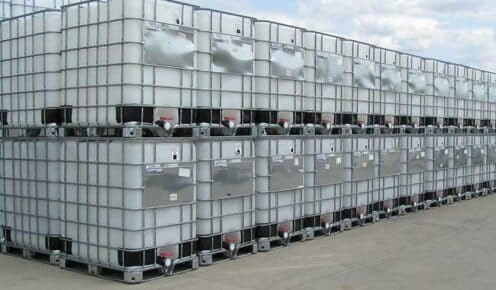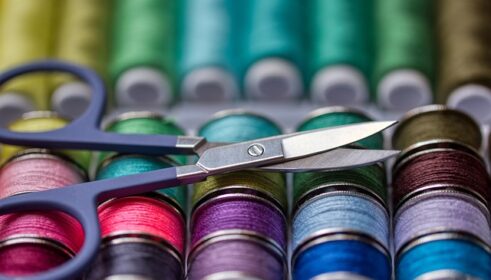Everyone wants to be sure that whatever we are putting inside of us is good for us – we want to eat the right supplements, eat the most natural, pesticide-free vegetables. And with 70 percent of our bodies made up of water, we certainly want to drink healthy. Getting a water filtration system installation for your house is a great first step to work towards that, but which one? Choosing the right water purifier can be tricky. That’s why we’ve put together all the choices you have to pick from so that you can make the best pick for your home.
A tip to keep in mind while choosing your water filter: look for NSF certification that tells you that the product has been tested and meets international standards. You can also look for the Australian standard AS/NZS4348.
What are the different filtering technologies used in a water purifier?
There are five common types:
Ultraviolet (UV) Treatment – UV filters expose harmful pathogens like bacteria and viruses to UV light. The DNA of the harmful microorganisms absorb the UV light, killing the organism. UV filters are a great way to get rid of potentially disease-causing microbes in your water without having to change the water’s taste or odour. There is no need for the addition of chemicals as well. However, UV filtration is ineffective against other contaminants in the water, such as chlorine, and therefore often used along with another type of filtration method. UV filtration also doesn’t through cloudy water well, so it is most effective when used with clear water.
Reverse Osmosis (RO) – Reverse osmosis technology works by forcing water to pass through a fine membrane under high pressure. When this happens, any particle larger than a water molecule will not be allowed to pass through the membrane. Therefore, this process prevents harmful substances in the water, such as pesticides and ions, from passing through. This process is highly effective in purifying water, perhaps even the most effective. However, it does have its drawbacks. This process actually uses up a lot of energy, and a large proportion of water can be wasted. But, the technology does what it processes to do and removes a large number of water contaminants.
Absorption Filters – Absorption filters typically use carbon as a substance to help cause contaminants in the water to adhere to it. Carbon is used since its large internal surface area gives contaminants a lot of room to latch onto the carbon. The carbon source used in the filtration can be anything from coconut shell to charcoal. These carbon filters are effective in removing odour and taste in the water, aside from contaminant particles. These filters are best used alongside another filtration method.
Ion Exchange – Usually used to purify hard water, the process exchanges ions like magnesium and calcium for other ions like hydrogen and sodium. This process helps reduce the hardness of the water. This filtration process, too, is best used alongside other water treatment methods for best results. Mechanical Filters – Usually making up the first stage of the entire filtration process, mechanical filters help remove physical substances using a mesh or even a ceramic filter. Small particles like dirt and sediment are removed by this treatment method. The effectiveness of the filter depends on the size of particles it can remove.












